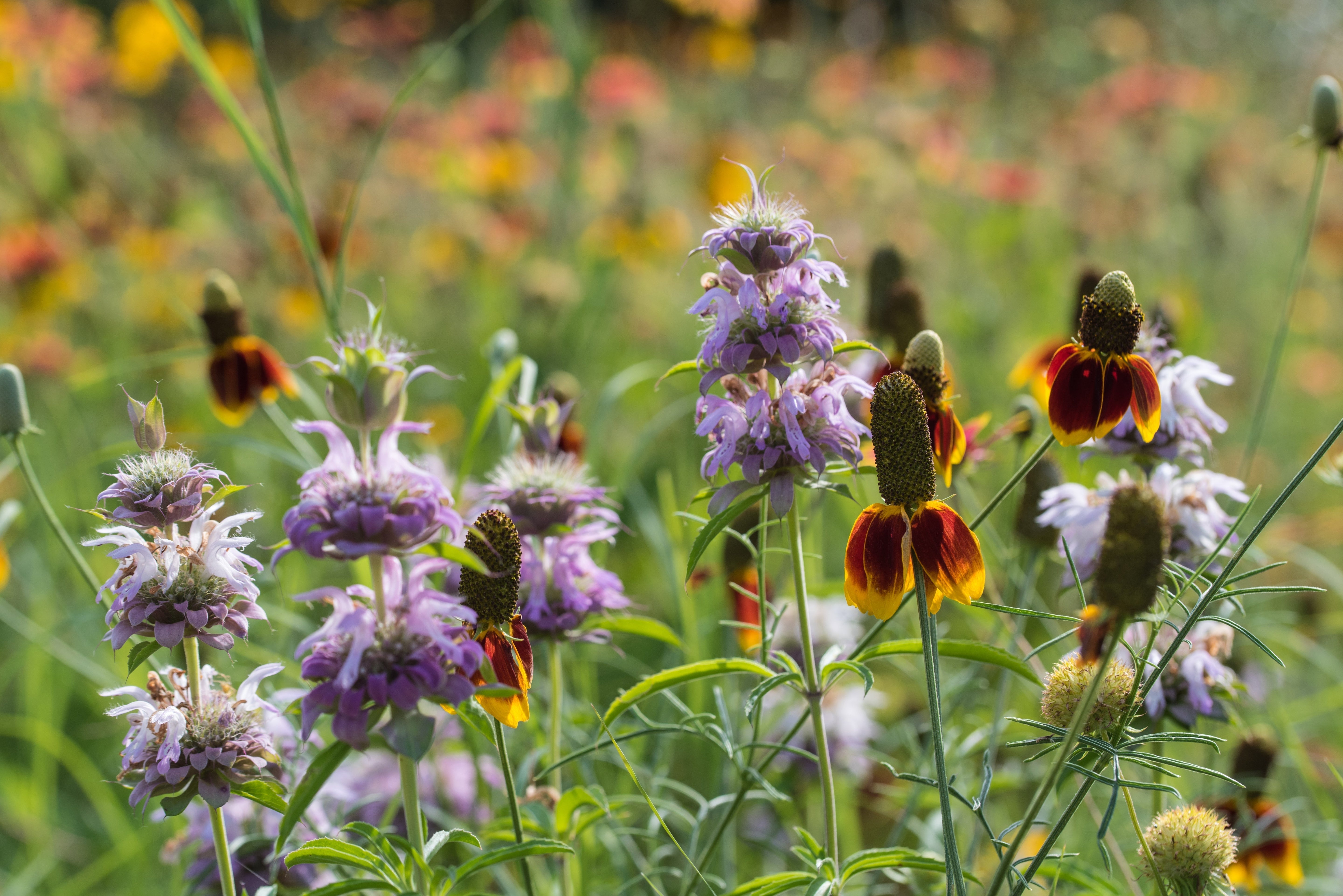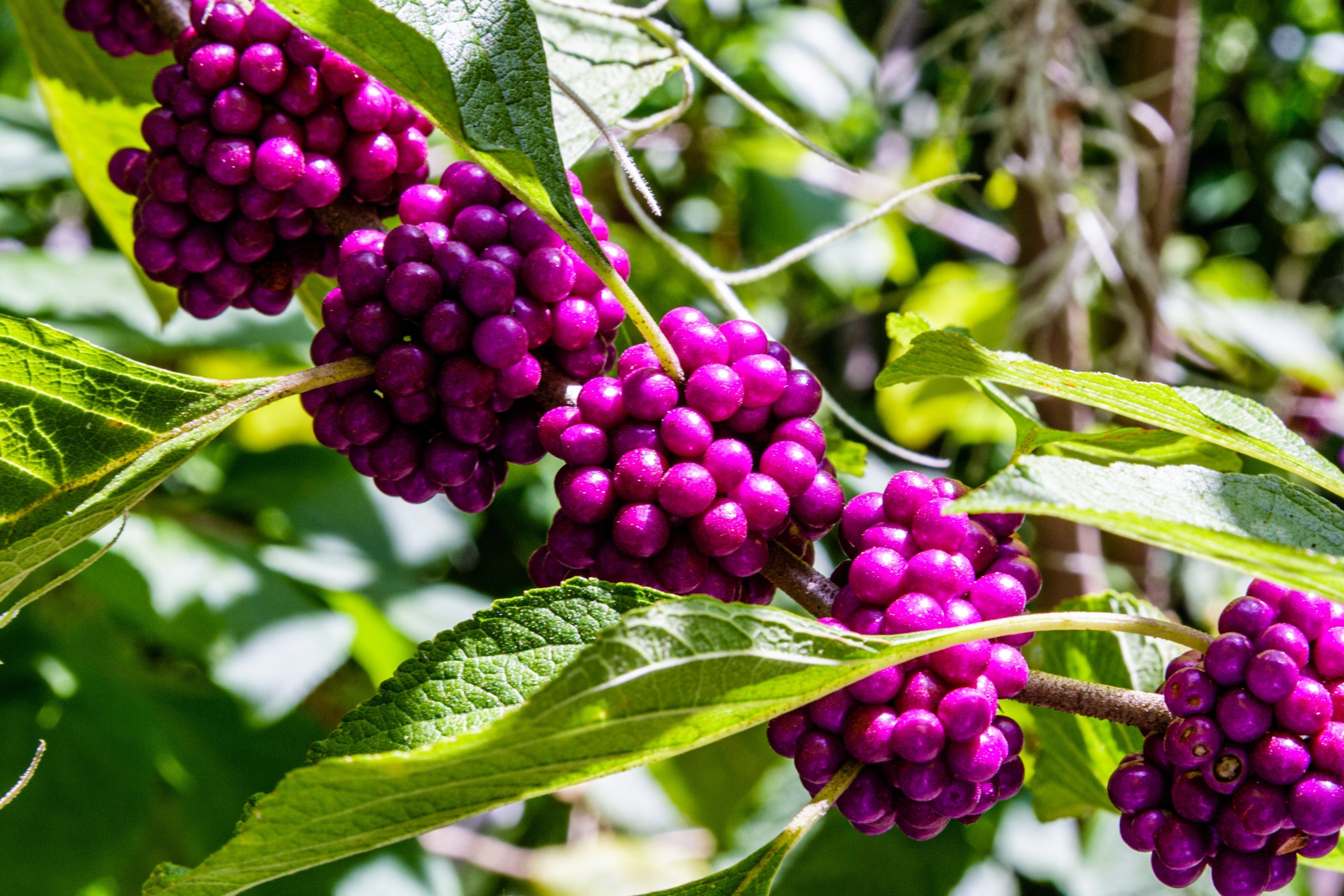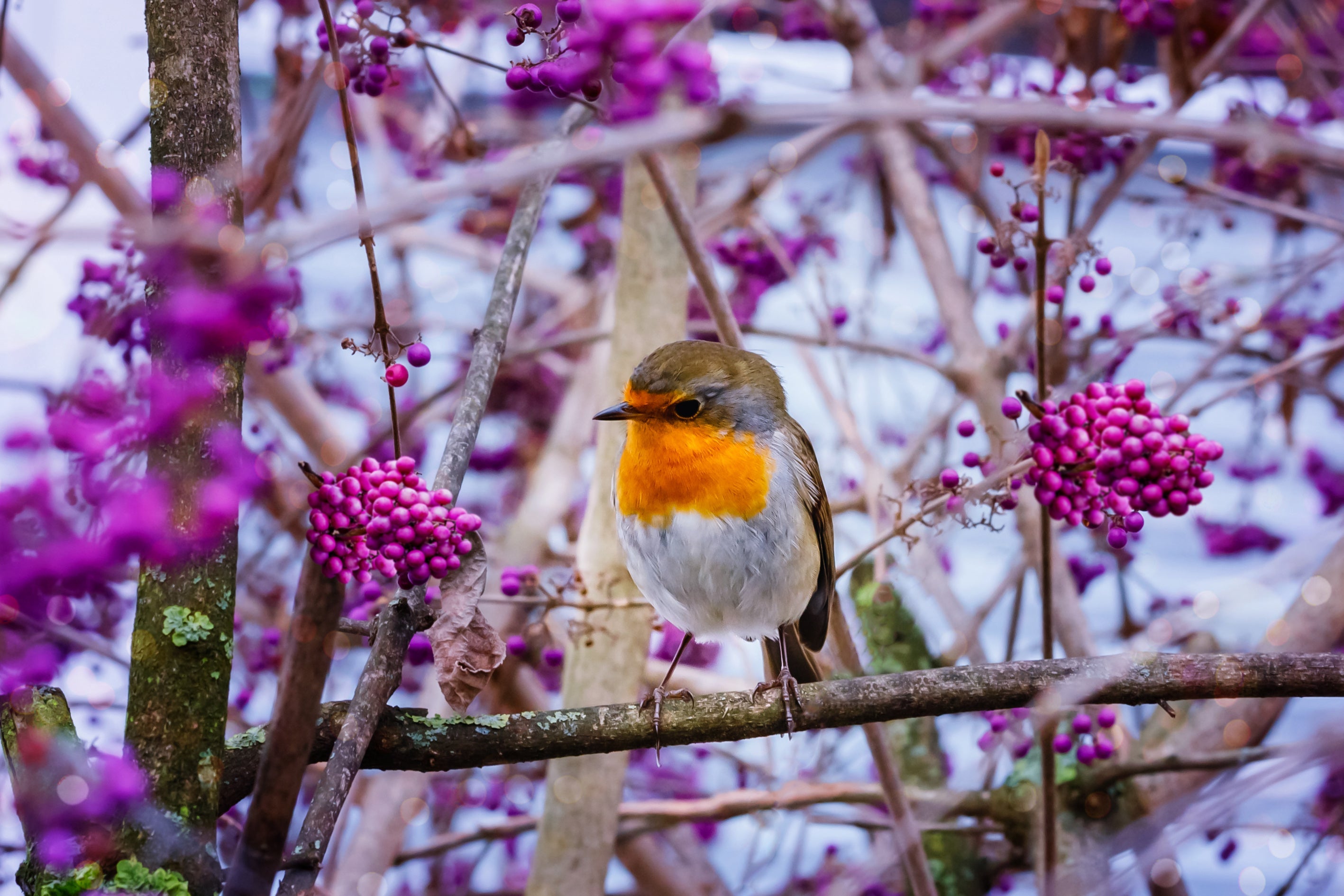Spring Garden Prep: Essential Tasks to Get Your Garden Blooming

Spring is the perfect time to rejuvenate your garden and set the stage for a productive growing season. Proper spring garden preparation improves soil quality and ensures healthier plants. From enriching your beds with compost to pruning, mulching, and planting early crops, every step plays a role in maximizing your success. In this guide, we’ll cover the essential spring garden prep tasks to help you get your garden blooming and create a thriving, vibrant outdoor space.
Essentials For Spring Garden Prep
Spring garden preparation involves essential maintenance tasks to ensure a successful growing season. Let’s take a look!
Prepare Garden Beds
Every spring, you should prepare your garden beds by adding compost to improve soil structure. Healthy soil preparation is essential to feed your plants and soil biome, encourage blooming, conserve water, moderate temperature, and create healthy plants resistant to pests and disease. Before planting, work lots of compost into the soil. With established perennials, simply add a top dressing of compost around them.
It’s also a good time to check your garden drainage. If you see low areas where water has been pooling, this creates conditions that most plants do not like. One way to deal with this is by planting water-loving plants that tolerate occasional flooding. Otherwise, improve the drainage by creating a ditch or dry riverbed feature with rocks to direct rainwater into a rain garden, pond, or other water feature. If it's a clay soil issue, you can bring in sand and gravel to improve the drainage, but this can be very labor-intensive; in this case, building raised beds is sometimes easier.
General Maintenance
Your general maintenance checklist should include repairing and maintaining all your garden structures, including fences, trellises, benches, planters, and beds. You should also clean and disinfect your bird baths and feeders before putting them back out.
Another garden maintenance task is to pull out your garden tools and inspect and clean them. Then sharpen your pruners and loppers and file your shovels and spades. Finally, oil any metal parts. Linseed oil is a safe and eco-friendly alternative to petroleum-based products, and you can put it on your wooden handles to help prevent breaking and splintering.
Now is also the time to set up your rain barrel and inspect your hoses. Hoses can easily be repaired using repair kits from your local hardware store rather than buying new ones. If you need a new hose, get an industrial one from the hardware store; they only cost a bit more and will last many more years in our hot Texas sunshine.
Garden Clean-up Timing
Understanding garden clean-up timing is essential; hold off on that winter cleanup until right before or just as the new growth begins this spring. Leaving stems intact until the new growth appears is vital for wildlife gardens since our native wildlife, birds, pollinators, and beneficial insects rely on that old growth for habitat and food all winter. Another reason is that old growth on herbaceous perennials adds a layer of winter frost protection.
Spring Pruning
Different woody shrubs and trees should be pruned at various times of the year. Here are some general spring pruning guidelines, but also look up your plants for more specific instructions.

-
Use clean, sharp bypass pruners and sterilize them with hydrogen peroxide or a bleach solution between plants to prevent the spread of disease.
-
Prune out dead wood and anything damaged by winter ice, snow, and cold.
-
Flowering shrubs that bloom on new growth, including roses and hydrangeas, can usually be pruned now.
-
Shear your evergreens like boxwood and arborvitae in spring after their initial new growth emerges.
-
Never prune early flowering shrubs that bloom on old growth, like lilac and ninebark, or you risk cutting off their flower buds.
Spring Mulching
Mulching is another essential garden maintenance task. Mulching moderates the soil temperature and protects the roots when the heat of our Texas summer begins. It also helps conserve critical moisture, which is essential for newly planted annuals and perennials. Mulching is also a highly effective weed control. Fewer weeds can grow when you don’t leave any bare ground, meaning fewer weeds to remove later in the season.

You should also refresh your mulch around established plants. In addition to moderating soil temperatures and conserving moisture, it provides a habitat for beneficial insects and food for soil microbes that break it down into compost. This works as a soil amendment, continually enriching the soil and feeding the soil biome that provides essential plant nutrition and makes healthy plants resistant to pests and diseases. In fact, healthy soil is the best pest control and fertilizer that money simply cannot buy. This is why adding mulch yearly is essential, ideally each spring and again in fall.
How to Mulch and Get Your Garden Blooming At The Same Time
Conventional gardeners use chemical fertilizers in the spring to get their garden blooming, but these make plants more susceptible to pests and diseases. Instead, topdress with finished compost to provide healthy nutrients slowly as nature intended, producing vibrant blooms throughout the growing season and making plants resistant to pests and disease. It’s also much easier and safer than mixing chemical N-P-K fertilizers or using those plastic-laden, slow-release fertilizers that pollute our soil with microplastics.
Simply add a layer of homemade or leaf mold compost as a top dressing and mulch around new and established plants. It provides immediate and long-term plant nutrition, including critical micronutrients, while helping conserve water. The soil organisms will thrive and continually release more macro and micronutrients essential for thriving plants and vibrant blooms.
Next, top off the compost layer with a coarser natural hardwood mulch layer, protecting your compost and soil biome against wind and erosion and further helping conserve moisture. It will continue to break down and feed your ecosystem.
Early Planting
Early spring is also the time to start getting new plants in the ground. Always do your spring planting prep first to improve soil structure by adding compost. Then, when you get those new plants and cool-season vegetables in the ground, they will already have natural food available to them.
Planting cool-season veggies now is essential to ensure they have time to grow and produce a large crop before the heat hits the Texas landscape. Some great cool-season vegetables include peas, radishes, carrots, turnips, lettuce, cilantro, broccoli, kohlrabi, swiss chard, and cauliflower.
Now is also the time to dig up perennials, divide them, prune off damaged parts, and replant them in soil prepared with compost. And don’t forget the mulch!
Early spring is also the time to get those native plants and trees in the ground if you have not planted them in the fall. Early spring is best since it will allow time for root systems to develop, making them more heat-resistant and drought-resistant. Even with native, drought-tolerant xeriscape plants, you will still need to mulch and water them regularly over their first summer so they thrive and add color, beauty, and wildlife value to your yard.
Native Plants and Trees to Plant in Early Spring
TEXAS MOUNTAIN LAUREL is a gorgeous native shrub with beautiful grape-scented purple flowers that thrive in our Texas Ecoregions. Another lovely native early bloomer is the PINK EVENING PRIMROSE, which will attract birds and pollinators galore. Get these planted now so they have time to get established before the summer heat.
|
|
|
TEXAS MOUNTAIN LAUREL (left) and PINK EVENING PRIMROSE (right) are available now at Nativo Gardens and ready to plant!
Now is also the time to get your fruit trees planted. The METHLEY PLUM and TEXSTAR PEACH are ready to plant. Be sure to prep your soil beforehand with lots of compost, and add compost and mulch on top of the soil around the tree, but avoid their trunk. A little maintenance now will help them thrive in their new home.
|
|
|
METHLEY PLUM (left) and TEXSTAR PEACH (right) are available now at Nativo Gardens and ready to plant!
Finally, now is the time to start your seeds indoors for those warm-season veggies with a longer growing season. Starting seeds indoors will give them a jumpstart on the growing season so that you can get earlier and larger yields. Some good plants to start indoors now in Texas include early tomatoes (late-season ones should be started in February), peppers, eggplants, and flowers like cosmos and zinnias.
Be Prepared for Spring Frosts
A final thing to remember is that spring can be unpredictable. Have row covers ready for frost protection if you get a late frost in the forecast. While this depends partly on plant hardiness, any newly planted plants or those with new spring growth, regardless of their hardiness, will be more vulnerable to a hard frost, so be sure to cover them the day before the frost is called for.
Final Thoughts
Preparing your garden in early spring lays the foundation for a lush and productive growing season. Ensure your garden grows strong and resilient by enriching the soil, mulching, pruning and planting at the right time, and protecting against late frosts. Whether reviving perennials, planting native trees and flowers from Nativo Gardens, or starting vegetables, these spring garden preparation essentials contribute to long-term plant health. Get started today, and enjoy the benefits of a well-prepared garden all season long!
If you want more in-depth but easy-to-follow advice to create a thriving, sustainable native landscape without the stress, check out our e-book, Plant Recipes for Your Native Garden! This all-in-one ebook is designed for Texas gardeners to help you grow a beautiful garden that supports local biodiversity and reduces environmental impact.





Comments